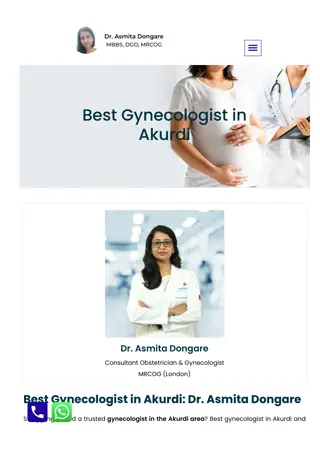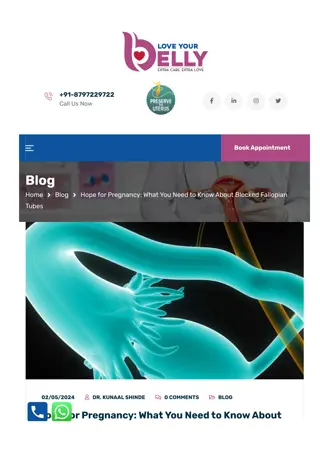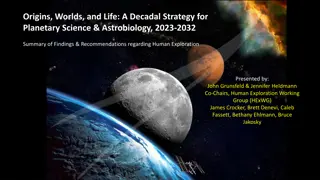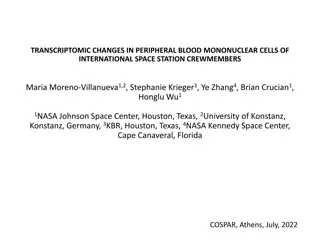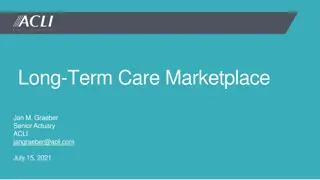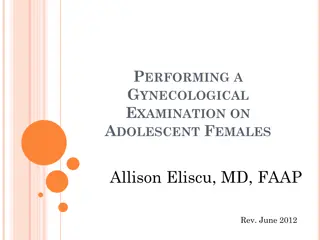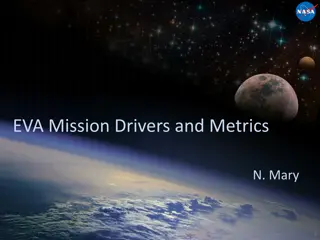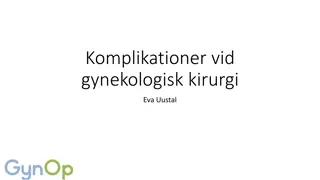Gynecological Considerations for Long-Duration Spaceflight
This study by the National Aeronautics and Space Administration (NASA) discusses the potential effects of microgravity and space radiation on gynecological health during long-duration spaceflight. Topics covered include normal menstruation, fertility, gynecologic pathology, and the impact of hormonal modalities in space. Considerations for abnormal uterine bleeding, preflight assessments, and management strategies are also highlighted.
Download Presentation

Please find below an Image/Link to download the presentation.
The content on the website is provided AS IS for your information and personal use only. It may not be sold, licensed, or shared on other websites without obtaining consent from the author.If you encounter any issues during the download, it is possible that the publisher has removed the file from their server.
You are allowed to download the files provided on this website for personal or commercial use, subject to the condition that they are used lawfully. All files are the property of their respective owners.
The content on the website is provided AS IS for your information and personal use only. It may not be sold, licensed, or shared on other websites without obtaining consent from the author.
E N D
Presentation Transcript
National Aeronautics and Space Administration Gynecological Considerations for Long-Duration Spaceflight ASMA 2021 #4233 Jon G. Steller, MD; Rebecca S. Blue, MD, MPH; Roshan Burns, BS; Tina M. Bayuse, PharmD; Erik L. Antonsen, MD, PhD; Varsha Jain, MD; Michele M. Blackwell, MD; Richard T. Jennings, MD, MS
INTRODUCTION Very little known how microgravity and space radiation may affect: Normal menstruation Fertility Gynecologic pathology Terrestrial analogs Bed rest studies did not alter menstruation HLU in rodents altered estrous cycling Gynecologic outcomes have not been well-documented historically AUB Anemia BMD VTE Ovarian cyst production/torsion Cancer risk Further, we do not know how hormonal modalities during spaceflight affect alter these risks
ABNORMAL UTERINE BLEEDING BACKGROUND Affects 14%-25% of reproductive-aged women in the US Etiology can be structural and nonstructural PALM: polyps, adenomyosis, leiomyomas, malignancy/neoplasia COEIN: coagulopathy, ovulatory dysfunction, endometrial disorders, iatrogenic, not otherwise classified
ABNORMAL UTERINE BLEEDING BACKGROUND Unknown what % of female astronauts have experienced AUB Unknown how the space environment affects AUB Simulated microgravity (hind-limb unloading) can affect estrous cycling in mice Bed rest studies have not affected the menstrual cycle
ABNORMAL UTERINE BLEEDING PREFLIGHT CONSIDERATION - STRUCTURAL Preflight TVUS (transvaginal US) recommended for all female astronauts Consider diagnostic therapeutic hysteroscopy if any concern for endometrial or intramural pathology
ABNORMAL UTERINE BLEEDING PREFLIGHT CONSIDERATIONS NON-STRUCTURAL Screening for PCOS, thyroid dysfunction, prolactinoma Screening for personal/family history of bleeding disorders Screening and treatment of iron deficiency/anemia Management of non-structural AUB: Progesterone-only or progesterone/estrogen therapy LNG IUDs are first line agents for treating new-onset AUB and preventing recurrence
ABNORMAL UTERINE BLEEDING PREFLIGHT CONSIDERATIONS OVARIAN SUPPRESSION Combined hormonal contraceptives (CHCs) and LNG IUD achieve highest rates of amenorrhea if desired LNG IUD: No risks/side effects of systemic estrogen Remains efficacious for 5-7 years Function is not dependent upon strict daily compliance CHCs: May be associated with less BMD loss Can suppress ovarian cyst formation Avoids IUD-associated migratory risks More cumulative spaceflight experience
SUPPRESSION AND CONTRACEPTION Historically majority have used COCs or LNG-IUD Terrestrial amenorrhea rates with continuous COCs 60-88% Dependent on daily use and adherence to dosage timing LNG-IUD amenorrhea peaks at 60% after 12 mo Paucity of evidence at >12 mo continuous use Limitations Increased risk of breakthrough spotting in first 2-3 months use Paucity of evidence at >12 mo continuous use Alternative modalities Etonorgestrel implants reported use during spaceflight Transdermal patch, vaginal ring, depot medroxyprogesterone no reported use in spaceflight literature
ABNORMAL UTERINE BLEEDING INFLIGHT CONSIDERATIONS No perfect modality of inducing amenorrhea or preventing AUB inflight Advanced surgical options likely unavailable Pharmacologic management = mainstay of treatment Consider CMO preflight or JIT training for digital pelvic examination Speculums likely will not be available Point-of-care lab tests may include CBC & pregnancy test TAUS (TVUS if available)
ABNORMAL UTERINE BLEEDING INFLIGHT CONSIDERATIONS FOR NEW-ONSET AUB Hormonal treatments: Continue LNG IUD or current CHC Consider adding a burst taper of CHCs GnRH agonists/antagonists Nonhormonal treatments: TXA: prevents fibrin/clot degradation w/o increasing VTE risk NSAIDs: shown to decrease duration and volume of menses Doxycycline: low risk adjunctive medication to hormonal modalities Extreme scenarios IV Fluids, uterovaginal tamponade
ANEMIA/IRON DEFICIENCY PREFLIGHT CONSIDERATIONS Anemia incidence (independent of contraceptive use) in reproductive-aged women = 10.4% Defined by Hb < 12 g dL-1 Iron deficiency: MCV < 80 fL, ferritin <40 mg L-1 In the absence of anemia, iron deficiency associated with: Weakness Fatigue Difficulty concentrating Spaceflight experience: Association between physiological adaptation to G Decline in RBC mass 10-15% Decrease in circulating erythropoietin Menstrual-associated anemia has NOT been identified
ANEMIA/IRON DEFICIENCY INFLIGHT CONSIDERATIONS Menstrual suppression through hormonal contraception: Reduces risk of anemia LND-IUD (progesterone-releasing) may stabilize or elevate iron stores after 24mo CHCs decrease menstrual blood loss and increase iron stores HOWEVER: Increased risk of ischemic stroke due to upregulating transferrin and inducing hypercoagulability Consider increased screening for iron deficiency prior to spaceflight?
VTE PREFLIGHT CONSIDERATIONS Spaceflight-associated risk factors: Microgravity-induced blood flow / stasis Decreased lower limb mobility Altered fluid distribution Increased stress Immunosuppression ? Endogenous or exogenous estrogen Terrestrially: VTE risk while on hormonal therapy = 0.7-1.2% (4-6x increase from baseline) Increased risk with: Higher doses of estrogen First 3 months after initiation of therapy 3rd/4th gen COCs > 1st/2nd gen COCs COCs > or < Ring/Patch? (First-pass metabolism) Thrombophilias
VTE Risk of VTE Extensive use of hormonal supplementation in spaceflight NO evidence that hormonal supplementation has directly contributed to the development of VTE NO clinically significant VTE to date Alterations of venous flow observed in MALE AND FEMALE crewmembers
BONE MINERAL DENSITY PREFLIGHT/INFLIGHT CONSIDERATIONS Astronauts lose ~1% bone mass/mo during spaceflight Estrogen Shown to be protective against cortical / cancellous BMD loss in microgravity analogs and spaceflight Evidence is inconclusive for LNG IUD Recommend vitamin D and calcium supplementation Recommend resistive exercise May consider bisphosphonate
OVARIAN CYSTS PREFLIGHT CONSIDERATIONS Ovarian cyst production is common following ovulation Present in 5-7% of reproductive-aged females Most will resolve spontaneously Theoretically, large/complex cysts can prompt ovarian torsion Preflight management: Observation vs. laparoscopic management for simple cysts Work-up for malignancy if concern
OVARIAN CYSTS INFLIGHT CONSIDERATIONS Acute abdominopelvic pain during flight: Consider torsion TAUS (or TVUS if available) may be diagnostic Management of Torsion: Terrestrially: surgical emergency for preservation of ovarian tissue and prevention of rare but severe morbidities Inflight management: conservative measures including of pain control and management of sequelae Long-term risks likely low
Contraception Bone Mineral Density Amenorrhea Ovarian Cysts VTE
ENDOMETRIOSIS PREFLIGHT/INFLIGHT CONSIDERATIONS Endometriosis affects 10% of reproductive-aged women Gold standard diagnosis: Laparoscopy Therapeutic options: Continuous CHCs High-dose progestins GnRH agonists/antagonists with add-back estrogen
HEALTH MAINTENANCE PREFLIGHT/INFLIGHT CONSIDERATIONS Recommend preflight screening for STIs / Pap Smear within 12 months of flight Chlamydia, Gonorrhea, Trichomonas, Syphilis, HSV, HIV, HPV Consider HSV suppression during flight If affected, consider prophylaxis HPV vaccine encouraged for all astronauts Early colposcopic management if necessary
HEALTH MAINTENANCE PREFLIGHT/INFLIGHT CONSIDERATIONS Screening for perimenopausal symptoms, urogynecologic symptoms, vulvar/vaginal dermatoses prior to flight Screening for family history of gynecologic/breast cancers as well as familial cancer syndromes Annual clinical breast exams Diagnostic mammograms US/MRI PRN starting at age 35
CANCER/NEOPLASM PREFLIGHT/INFLIGHT CONSIDERATIONS Life-time cancer risk and cancer-related mortality in terrestrial women is 27% and 18%, respectively Breast and gynecologic cancers have not been found to be increased in astronauts CHCs are known to reduce the incidence of ovarian (30- 50%), endometrial (30%), and colorectal (15-20%) cancers LNG-IUDs may actually reduce these risks as well CHCs may be associated with slightly higher risk of breast cancer (7%) However, this appears to be more associated with triphasic OCPs and decreases after use
PREGNANCY / FERTILITY PREFLIGHT/INFLIGHT CONSIDERATIONS Discuss fertility desires and timing before mission assignment Discuss age-related risks associated with advanced maternal age if delaying parity Fertility outcomes have not been robustly studied post- flight Discuss contraceptive modalities, the risk of pregnancy inflight is > 0% Routine pregnancy testing with final preflight pregnancy test performed ~10 days prior to flight
Conclusions Women s Health = Astronaut Health All considerations are intended to address risk mitigation and reduction of onboard needs for medical resources or skillsets Long-duration spaceflight will introduce continued and novel challenges for maintenance of gynecological and reproductive health There is a driving need for increased data collection and analysis to properly characterize and mitigate women s health risks in future spaceflight Women s Health = Astronaut Health All considerations are intended to address risk mitigation and reduction of onboard needs for medical resources or skillsets Long-duration spaceflight will introduce continued and novel challenges for maintenance of gynecological and reproductive health There is a driving need for increased data collection and analysis to properly characterize and mitigate women s health risks in future spaceflight
References Women s Health = Astronaut Health All considerations are intended to address risk mitigation and reduction of onboard needs for medical resources or skillsets Long-duration spaceflight will introduce continued and novel challenges for maintenance of gynecological and reproductive health There is a driving need for increased data collection and analysis to properly characterize and mitigate women s health risks in future spaceflight Steller et al 2020 Aunon-Chancellor et al 2020 Marshall-Goebel et al 2019 Blue et al 2019 Daniels et al 2018 Munro et al 2018 Antonsen et al 2017 Ronca et al 2014 Jennings et al 2000 ACOG PB 73 2006 ACOG PB 210 2010 ACOG CO 602 2014 ACOG PB 174 2016 ACOG PB 128 2012 ACOG PB 136 2013 ACOG PB 168 2016 ACOG PB 179 2017 ACOG PB 182 2017 ACOG PB 186 2017 ACOG PB 129 2012
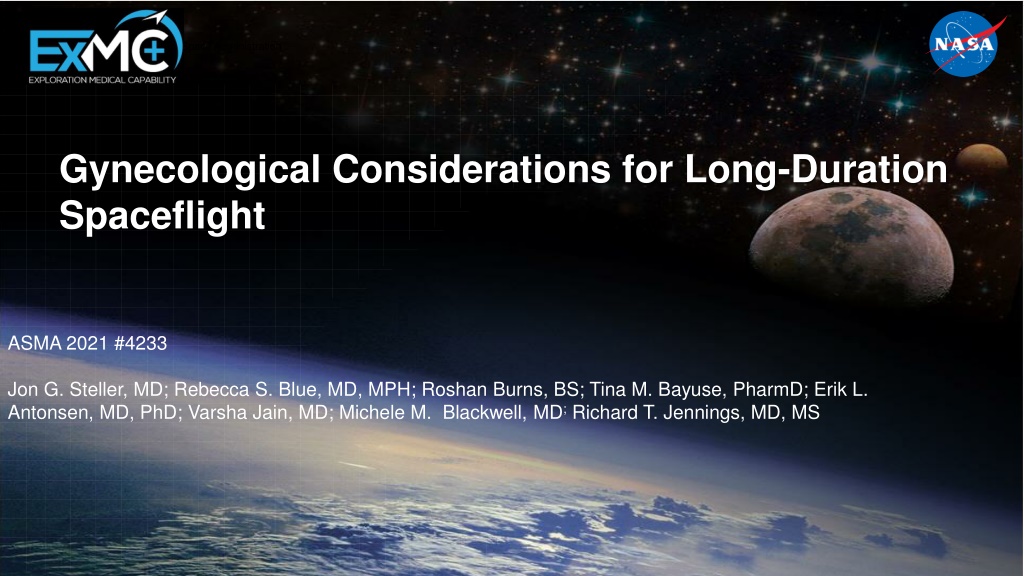



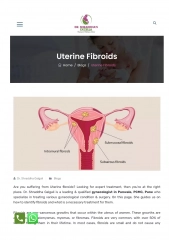
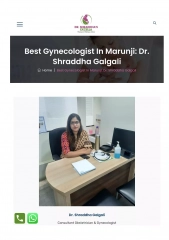

![❤Book⚡[PDF]✔ Spaceplane HERMES: Europe's Dream of Independent Manned Spaceflight](/thumb/21517/book-pdf-spaceplane-hermes-europe-s-dream-of-independent-manned-spaceflight.jpg)
![❤Book⚡[PDF]✔ Doing the Impossible: George E. Mueller and the Management of NASA’](/thumb/21684/book-pdf-doing-the-impossible-george-e-mueller-and-the-management-of-nasa.jpg)


